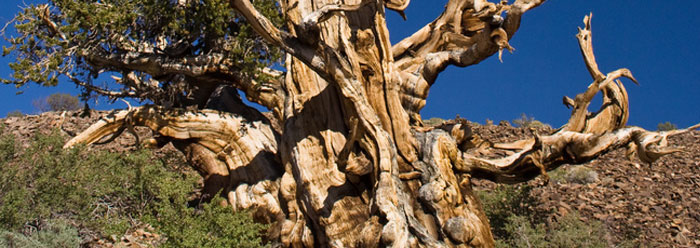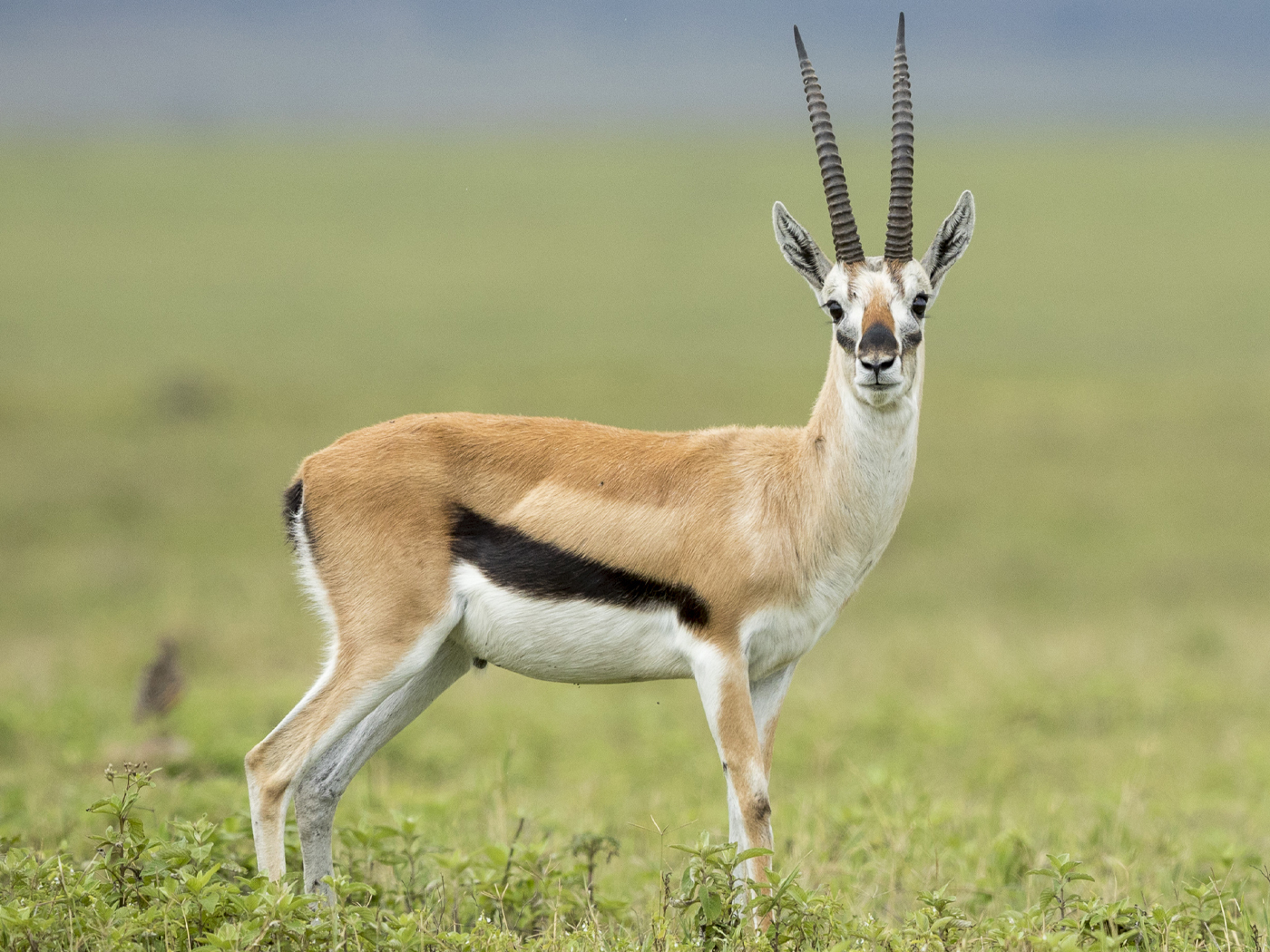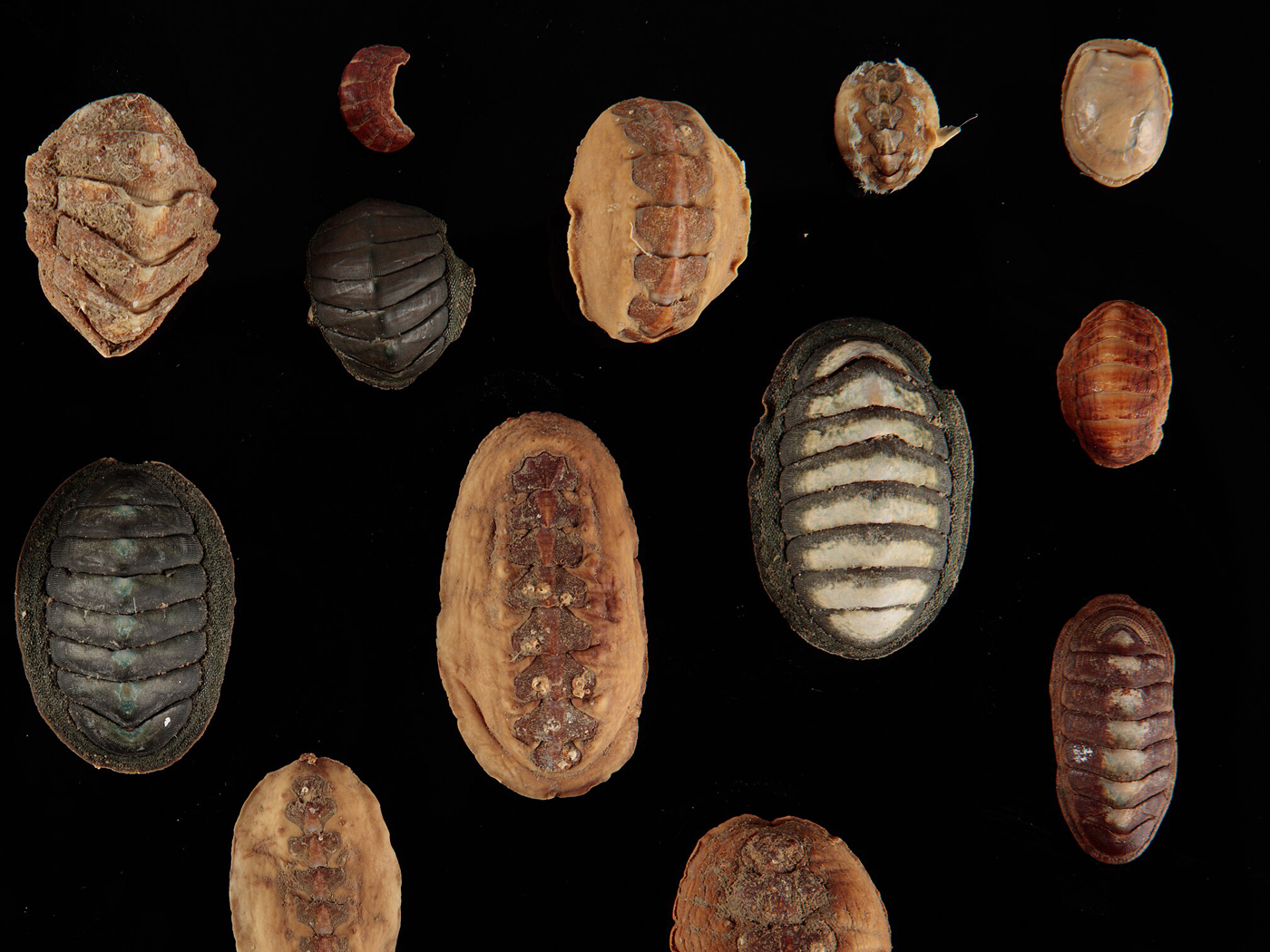The sheer girth of certain ancient, wizened trees can take one’s breath away. Wired Science recently featured a collection of images of some of earth’s oldest trees. Although the age estimates given for these antique specimens vary from a few to tens of thousands of years, the majority of them are consistent with a biblical timeframe for earth history.
Wired Science compiled the images and information on 12 ancient, still-living trees.1 Of these, two are “clonal trees,” which were not seeded but presumably sprouted from underground offshoots of a now-lost original tree. Clonal tree ages are estimated based on presumed rates of outward spreading.
The other ten trees in the series were dated by extrapolating growth estimates back into the past or by counting their tree rings. Tree-ring dating can be done without cutting down the tree by use of a specialized coring device that removes a slender cylinder of wood from the tree’s interior.
Of the trees—which are located around the globe, from Iran to New Zealand, from Chile to Wales, and even Japan—the oldest individual still-living tree is in California. Appropriately nicknamed Methuselah, the hardy bristlecone pine from the dry and salty high elevation of Inyo National Forest is in a protected area to discourage visitors and vandalism.
Wired Science stated that Methuselah was 4,765 years old, but Edmund Schulman, the pioneering scientist in determining the age of trees, dated Methuselah by “cross-dating” (ring-counting) it at 4,789 rings.2 An online gymnosperm database states that this age was most likely determined in 1957, which would make the tree 4,842 years old in 2010.
Why is Methuselah, or any other long-living tree, not a great deal older than this if the earth itself is millions of years old? Indeed, Schulman asked regarding California’s majestic giant sequoias, which he cross-dated at just over three millennia, “Does this mean that shortly preceding 3275 years ago all the then living giant sequoias were wiped out by some catastrophe?”3
And how reliable is cross-dating when a variety of dates can be determined for the same tree? Tree growth rings do not always indicate annual cycles. Factors like weather can cause trees to form multiple rings in one year. In the four seasons of the northern hemisphere, spring growth accounts for a new ring. But tropical trees add a new ring of growth whenever conditions are favorable, which can occur more than once in a year. And although the region of California that hosts bristlecones is arid today, it is possible that during the Ice Age it was much less so.4,5
If Methuselah sprouted at that time, then some of its earlier rings may have formed in only a few years. Another cause of “multiplicity”—when trees build more than one ring per year—is that bristlecone pines have been observed forming a new ring with a simulated mid-season drought.6 Thus, a two-week dry spell followed by watering can cause a tree to shut down and then re-establish growth, mimicking a “winter” season’s ring.
So, cross-dating requires making assumptions about the past, as do all historical investigations based on natural processes. Since the main assumption of annual ring growth has been shown to be false in certain cases, this method can only provide an approximate age. The uncertainty of dating even such directly observable phenomena as still-living trees is reflected by the wide date ranges provided for some the trees featured in Wired Science.
While the differences between cross-dated tree ages and biblical chronology can be easily accounted for with ring-generating factors other than seasons, the differences between the trees’ estimated ages and evolutionary time are unbridgeable. The very oldest known tree better fits a biblical age for the earth of thousands, not millions, of years.
References
- Ghose, T. The Oldest Trees on the Planet. Wired Science. Posted on wired.com March 17, 2010, accessed April 1, 2010.
- Earle, C. J., ed. Pinus longaeva. The Gymnosperm Database. Posted on conifers.org, last updated December 12, 2008, accessed April 1, 2010.
- Schulman, E. 1954. Longevity under Adversity in Conifers. Science. 119 (3091): 399.
- Lorey, F. 1994. Tree Rings and Biblical Chronology. Acts & Facts. 23: (6).
- Vardiman, L. 2008. A Dark and Stormy World. Answers. 3 (4): 80.
- Matthews, M. Evidence for multiple ring growth per year in Bristlecone Pines. Journal of Creation. 20 (3): 95-103.
* Mr. Thomas is Science Writer at the Institute for Creation Research.
Article posted on April 12, 2010.














